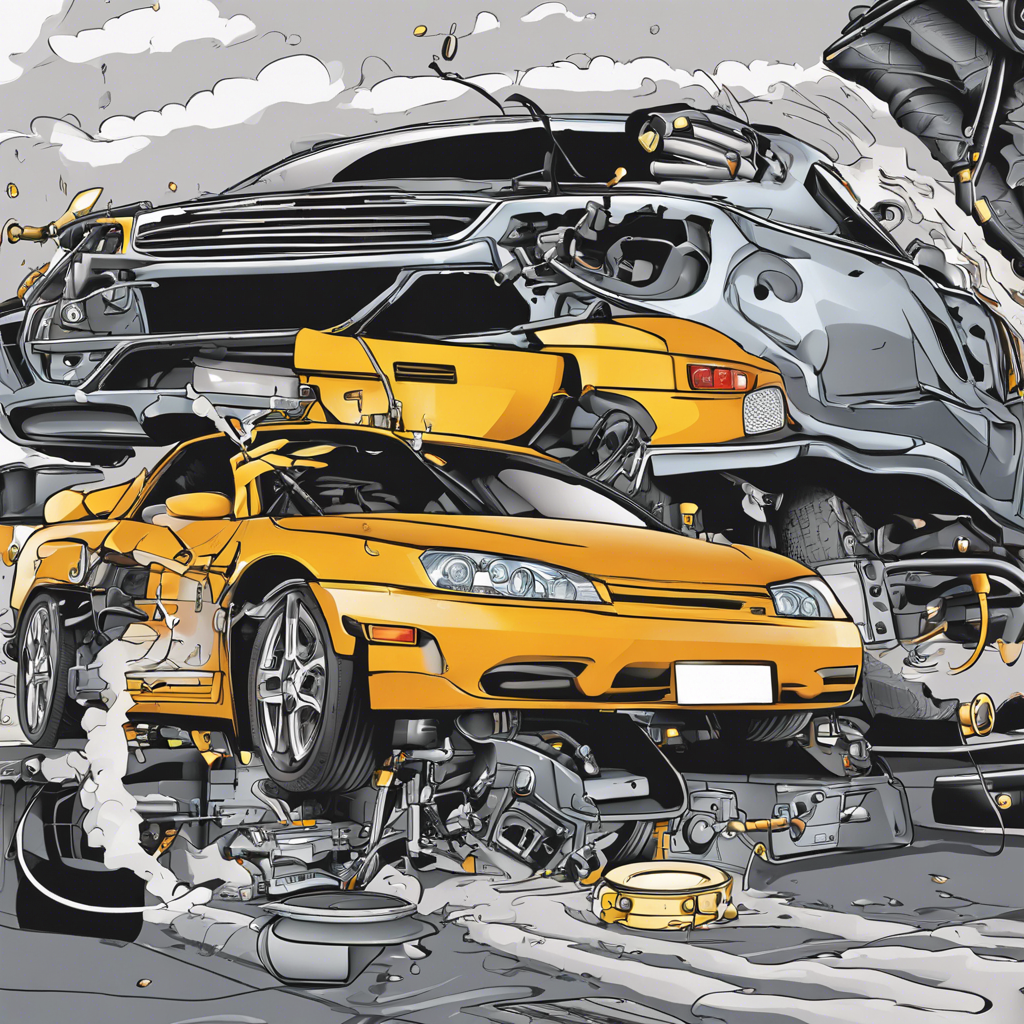Explore the impact of advanced braking systems on accident rates, discovering how technology reduces accidents and saves lives.
In the realm of automotive safety, the evolution of braking systems has been a game-changer. This technology, often overlooked, plays a pivotal role in preventing accidents and ensuring the well-being of drivers and passengers alike. From traditional drum brakes to the cutting-edge anti-lock braking systems (ABS) and the emergence of autonomous emergency braking (AEB), the journey of braking technology has been transformative. This article delves into the profound influence of these advancements, shedding light on how they have reshaped the landscape of road safety and contributed to a significant reduction in accident rates.
The Evolution of Braking Systems
Over the decades, braking systems have evolved from simple mechanical devices to sophisticated electronic marvels. Initially, cars relied on drum brakes, which used friction to slow down the vehicle. However, these brakes had limitations, especially in wet conditions and during sudden stops. The introduction of disc brakes marked a significant improvement, offering better heat dissipation and more consistent performance. This innovation laid the groundwork for the development of advanced braking systems that followed.
As automotive technology advanced, so did the complexity of braking systems. The 1970s witnessed the advent of anti-lock braking systems (ABS), a groundbreaking innovation that revolutionized automotive safety. ABS prevents wheel lock-up during hard braking, allowing drivers to maintain steering control and avoid skidding. This technology became a standard feature in many vehicles, significantly reducing the risk of accidents, especially in emergency situations.
Advanced Braking Technologies: Saving Lives
Autonomous Emergency Braking (AEB)
The latest frontier in braking technology is Autonomous Emergency Braking (AEB), a system that takes braking to a whole new level of autonomy and safety. AEB uses a combination of cameras, radar, and lidar to detect potential collisions and automatically applies the brakes if the driver does not respond in time. This technology has proven to be particularly effective in preventing rear-end collisions, which account for a significant portion of accidents on the road.
Benefits of AEB
The impact of AEB on accident rates is substantial. Research shows that AEB can reduce rear-end crashes by up to 40%, and the more severe the potential collision, the more effective AEB becomes. Additionally, AEB systems are highly customizable, allowing manufacturers to tailor them to specific vehicle models and driving environments. This adaptability ensures optimal performance and enhances overall road safety.
Further Innovations
The future of braking systems looks even more promising with the ongoing development of innovative technologies. Brake-by-wire systems, for instance, replace traditional hydraulic brakes with electronic controls, offering more precise and responsive braking. Adaptive cruise control, another advanced feature, adjusts the vehicle’s speed to maintain a safe distance from the car ahead, further reducing the likelihood of rear-end collisions.
External Resources
– The NHTSA’s Advanced Brake Technology
– IIHS’s Autonomous Emergency Braking
– AAA Foundation’s Emergency Braking
Frequently Asked Questions
How does AEB work in comparison to traditional braking systems?
AEB is a sophisticated system that uses sensors and cameras to monitor the road ahead. It can detect potential obstacles or vehicles and calculate the risk of a collision. If the system determines that a collision is imminent and the driver has not reacted in time, it automatically applies the brakes to avoid or mitigate the impact. This technology takes braking to a new level of autonomy and precision, significantly reducing the risk of accidents.
Are there any drawbacks or limitations to advanced braking systems?
While advanced braking systems have proven their effectiveness, they are not without limitations. These systems rely heavily on sensors and cameras, which can sometimes be affected by adverse weather conditions or debris. Additionally, AEB technology may not always be able to prevent a collision, especially in complex or rapidly changing scenarios. However, ongoing research and development aim to address these challenges, further enhancing the reliability and performance of these systems.
Conclusion
The evolution of vehicle braking systems has been instrumental in enhancing road safety and reducing accident rates. From the early drum brakes to the cutting-edge ABS and AEB, each advancement has contributed to significant improvements in stopping power and driver control. AEB, in particular, stands out for its autonomous nature and remarkable ability to prevent accidents, especially rear-end collisions. As automotive technology continues to evolve, the integration of advanced braking systems with other driver-assistance technologies will likely lead to even safer roads. Ongoing research and development in this field are crucial for further reducing accident rates and making driving a safer experience for everyone.
